The soccer game starts at 21:00.
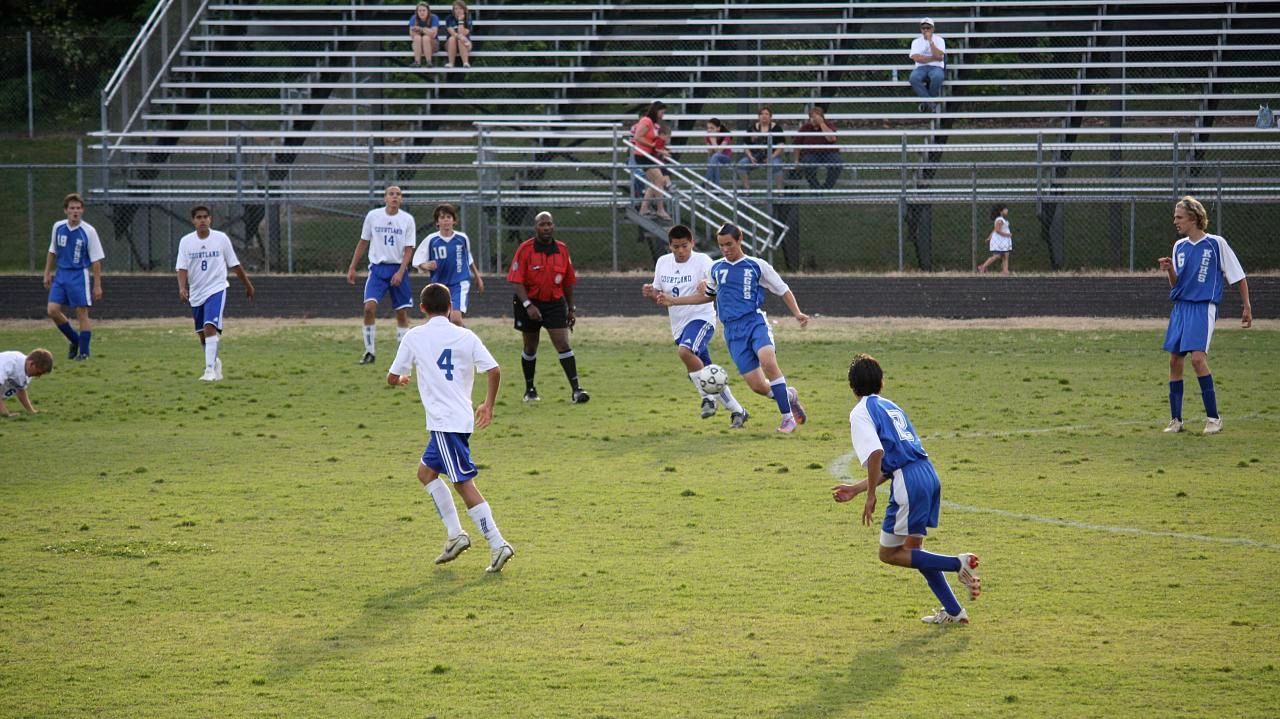
9:00 p.m.
|
Previous
3.3 Converting units of measurement using given conversion factors
|
Next
End of chapter activity
|
In this section we will learn how to convert between the different time formats, how to convert between different units of time and how to calculate elapsed time. Unlike units for measurement, volume and weight, units of time are not metric: the units are not multiples of \(\text{10}\) or \(\text{100}\). Rather, there are \(\text{60}\) seconds in \(\text{1}\) minute, \(\text{60}\) minutes in \(\text{1}\) hour, \(\text{24}\) hours in one day and so on. This means we need to be careful, particularly when converting from one unit of time to another.
Being able to convert between different time formats and units and being able to calculate elapsed time are immensely important skills in terms of self management and planning. Time occurs in many different formats in the real world, and it is important to understand the differences and similarities of these formats. Being able to calculate how long something is going to take, or how much free time we have to do a task between two events means we can plan accordingly and organise our time and our daily lives.
Time values can be expressed in different formats, such as 8 o'clock, 8:00 a.m., 8:00 p.m. and 20:00.
The two most common formats are the 12-hour format and the 24-hour format.
8:00 a.m. or 8:00 p.m. are examples of readings of time using the 12-hour format. This format is seen on analogue clocks and watches. In the diagram and the pictures below, the short hand shows us the hour and the long hand shows us the minutes. Sometimes a third hand shows the seconds.
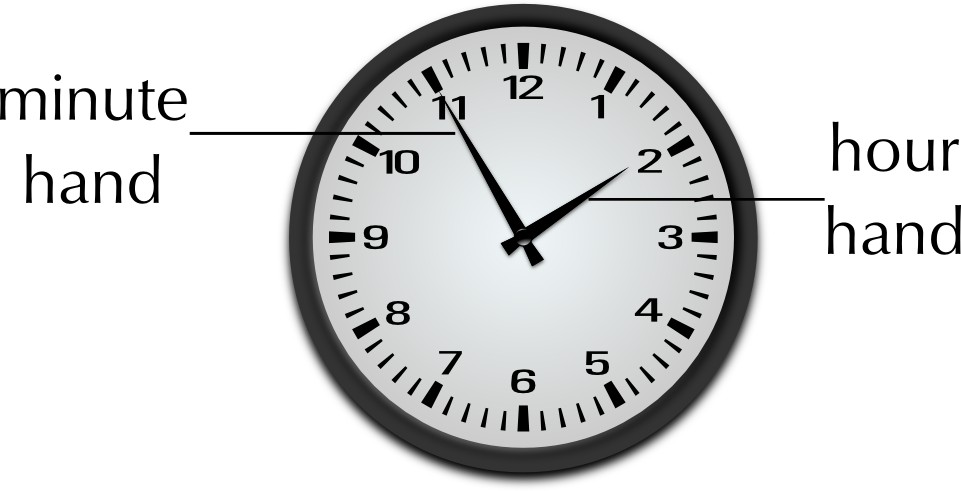
|
|
|
When we use the 12-hour clock, we use the letters “a.m.” to show that the time is before midday (12 o'clock or noon) and “p.m.” to show that it is after midday. For example, school may start at 7:30 a.m. (in the morning) and finish at 2 p.m. (in the afternoon).
20:00 is an example of the 24-hour time format. This format is seen on digital watches, clocks and on stopwatches. On digital clocks, the number on the left shows the hour and the number of the right shows the minutes. Some digital watches have a third, smaller number on the far right which shows us seconds.

|
|
|
The table below gives examples of 12- and 24-hour time. Look carefully at how to tell the time when it is midnight.
12-hour clock | 12 a.m. (midnight) | 3:00 a.m. | 6:00 a.m. | 9:00 a.m. | 12 p.m. (midday) | 3:00 p.m. | 6:00 p.m. | 9:00 p.m. |
24-hour clock | 0:00 | 3:00 | 6:00 | 9:00 | 12:00 | 15:00 | 18:00 | 21:00 |
Can you see how to convert from the 12-hour clock to the 24-hour clock?
If you compare the top line and bottom line of the table above, you will see that the times are written the same until midday. After midday, you simply add 12 to the the number of hours that have passed. For example: 3:00 p.m. is 3 hours after 12:00 p.m. (midday). 3 p.m. + 12 hours = 15:00. 8:30 p.m. is 8 hours 30 minutes after 12:00 p.m. 8 hours 30 minutes + 12 hours = 20:30.
To convert from the 24-hour clock to the 12-hour clock you subtract 12 from the number of hours. Don't forget to check whether your answer will be a.m. or p.m.! For example: 15:00 - 12 hours = 3:00. We know 15:00 is after midday, so the answer is 3:00 p.m. 20:00 - 12 hours = 8:00. 20:00 is long after midday, so the answer is 8:00 p.m.

Write the following times in the 12-hour format:
The soccer game starts at 21:00.

9:00 p.m.
Elvis left the building at 17:40.
5:40 p.m.
Karen went to bed at 23:40.
11:40 p.m.
The moon rose at 00:13.
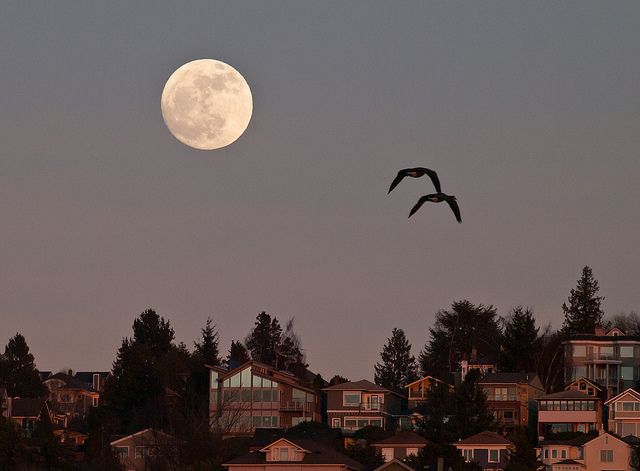
12:13 a.m.
Write the following times in the 24-hour format:
Lungile wakes up at 5:40 a.m.
05:40
Simphiwe ate dinner at 6:59 p.m.
18:59
Anna watched a movie that started at 7:18 p.m.

19:18
David got home from his night shift at 12:30 a.m.
00:30
As with all the conversions we have already done, we use different units of time to measure different events. For example, you would measure the length of your school holidays in days or weeks, not seconds. But the time it takes to walk across a road would be measured in seconds, not years!
There are seven pictures below. Decide on the most appropriate unit of time for each situation.
The time it takes for a sprinter to run \(\text{100}\) metres.
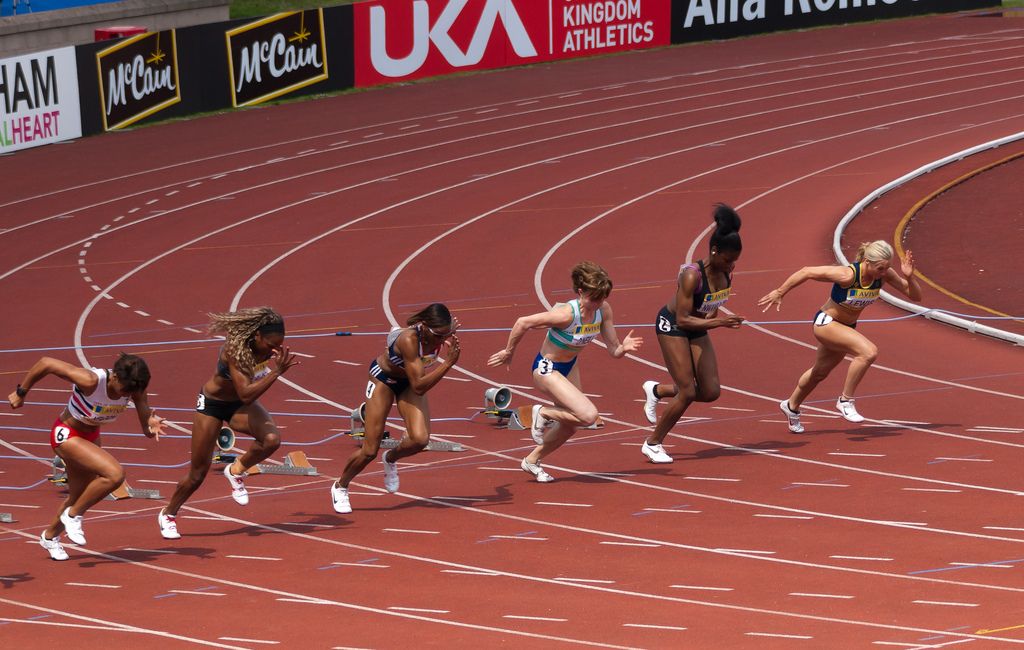
A short taxi ride.
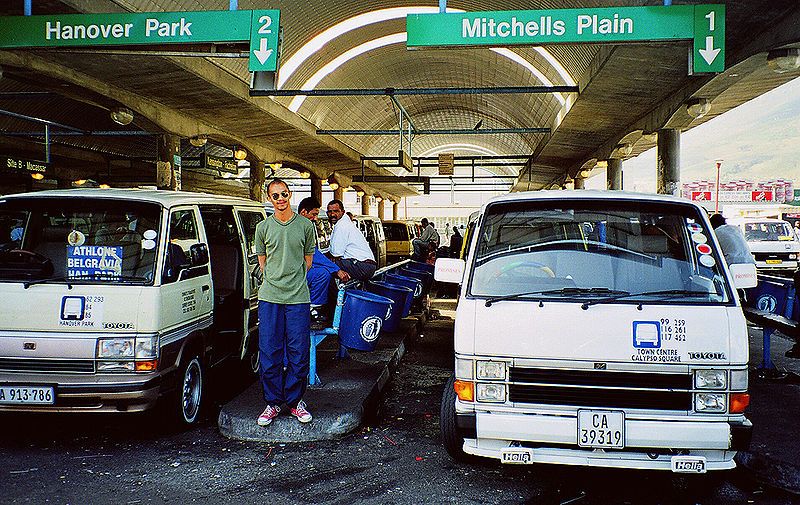
The amount of time you spend at school each day.
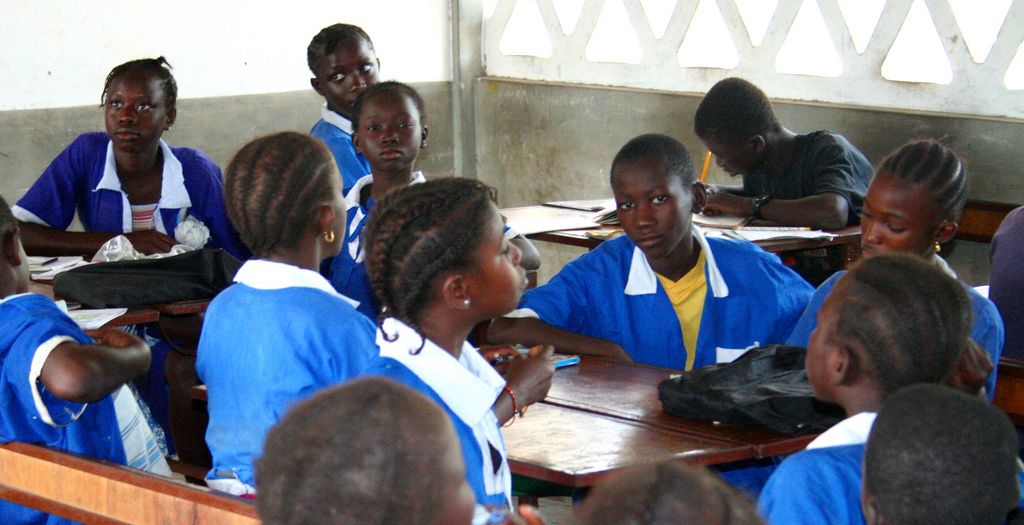
The duration of a cricket test match.
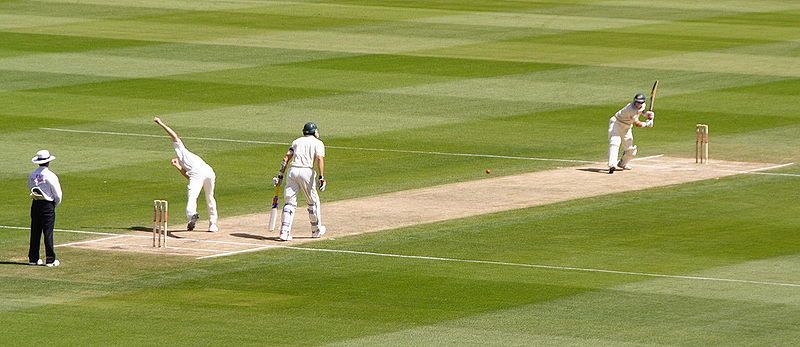
The length of the school holidays.

The time it takes crops to grow.

Your age.

There are \(\text{86 400}\) seconds in a day and \(\text{604 800}\) seconds in a week! These are large numbers and they are not always practical to work with. We can convert between different units of time to make our calculations simpler.
The relationship between the units are given in the table below.
Conversions for time |
\(\text{60}\) seconds = \(\text{1}\) minute |
\(\text{60}\) minutes= \(\text{1}\) hour |
\(\text{24}\) hours = \(\text{1}\) day |
\(\text{7}\) days = \(\text{1}\) week |
\(\text{365}\) days = approximately \(\text{52}\) weeks = \(\text{12}\) months = \(\text{1}\) year |
Being able to do calculations with time is a very useful skill to have. It is important to know how to plan and organise your time on a daily basis. For example, if it takes you a certain amount of time to walk to school, what time must you leave home in the morning to arrive in time for class? Or, if you need to help cook dinner at 7pm, how much time do you have to finish your homework?
In this section we will look at how to calculate elapsed time. When doing calculations like this, we add the units of time separately, and don't forget to be careful when working with remainders!
Palesa starts cooking dinner at 6:00 p.m. She has to leave for her choir practice in \(\text{1}\) hour and \(\text{45}\) minutes.
Convert your answer to the 24-hour format.
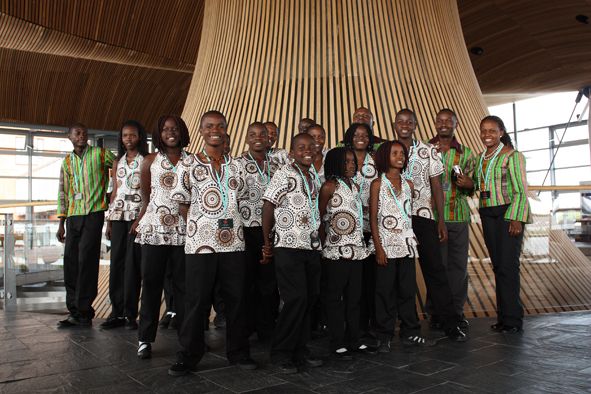
The bus leaves school at 14:30. It takes \(\text{70}\) minutes to get to Mulalo's house.
Russel finishes soccer practice at 4:00 p.m. It takes him \(\text{10}\) minutes to walk home. He then spends \(\text{80}\) minutes doing his homework.
Convert your answer to the 24-hour format.
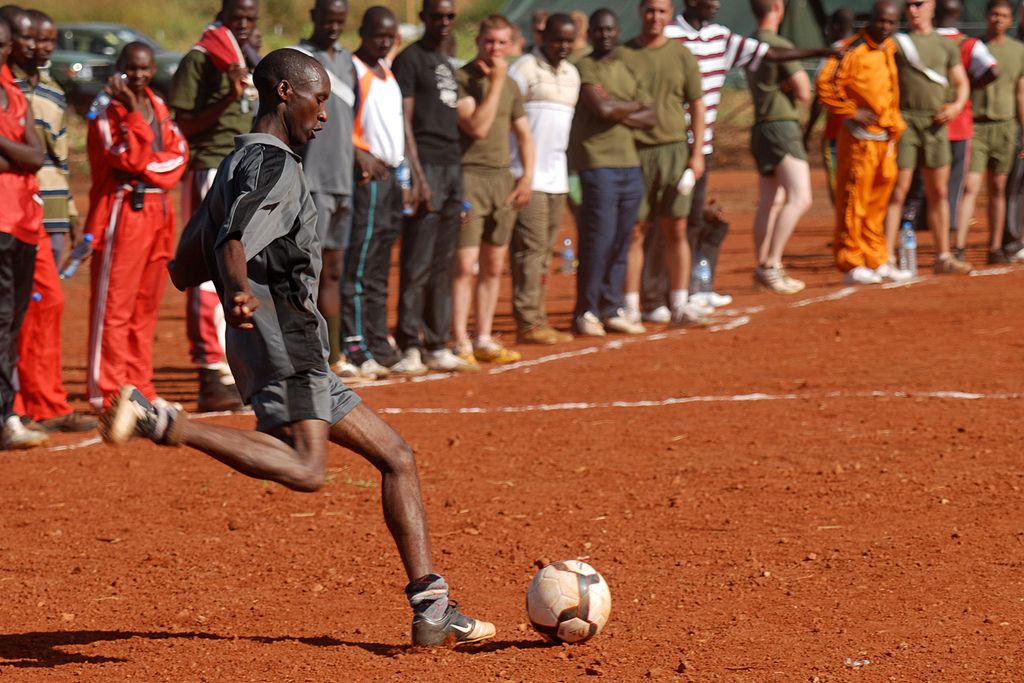
Ewald's hockey practice starts at 15:10 and ends at 16:30.
Unathi's father goes to work at 8:00 a.m. He fetches her from school \(\text{7}\) hours and \(\text{30}\) minutes later. What time will he fetch Unathi? Give your answer in the 24-hour format.
15:30
Lauren finishes her music class at 15:30. It takes her \(\text{30}\) minutes to get home. She then does homework for \(\text{50}\) minutes. Lauren meets her friend \(\text{20}\) minutes after she finishes her homework. What time do they meet? Give your answer in the 12-hour format
5:50 p.m.
Heather starts baking biscuits at 6:15 p.m. The biscuits must come out of the oven at 6:35 p.m. and need to cool for another \(\text{20}\) minutes before they can be eaten.
How long will the biscuits be in the oven for?
\(\text{20}\) minutes
What time will they be ready to eat? (Give your answer in the 12-hour format)

6:55 p.m.
Alison's favourite TV show starts at 20:35. It is forty-five minutes long. What time will it finish?
21:20
If Alison watches the movie that follows her favourite show and it finishes at 10:50 p.m., how long was the movie (in hours and minutes)?
\(\text{1}\) hour, \(\text{30}\) minutes
Vinayak is meeting his brother for lunch at 13:15. He also wants to go to the shops before lunch. It will take him \(\text{20}\) minutes to get from the shops to the restaurant where he's meeting his brother. If he leaves home at 10:10 how much time does he have to do his shopping? Give your answer in hours and minutes.

\(\text{2}\) hours, \(\text{45}\) minutes
Calendars are useful tools to help us keep track of events that are going to happen and to plan our lives accordingly. We can add information to them about important events and dates (like birthdays and school holidays) to a calendar, to help us remember what is happening when. We can read off days, weeks and months on a calendar and do conversions between these units of time.
You may have come across one more time conversion that states that \(\text{4}\) weeks is approximately equal to one month. This is not correct. \(\text{4}\) weeks is equal to \(\text{28}\) days, and the months of the year (except February!) have \(\text{30}\) or \(\text{31}\) days in them. When working with calendars, be careful to count the right number of days in a particular month!
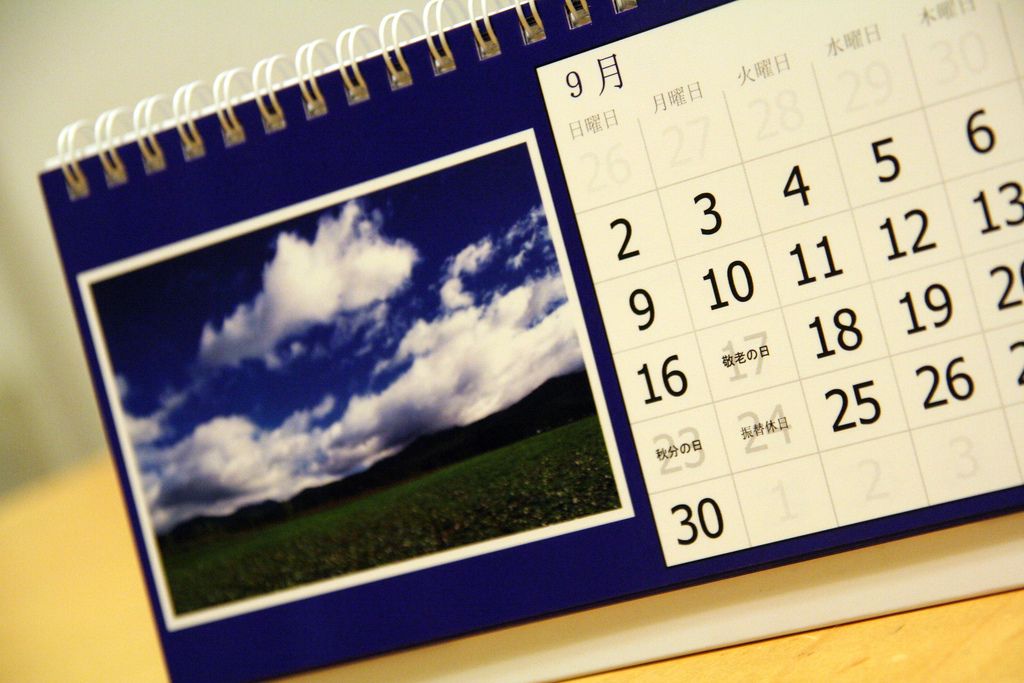
Jess's calendar for the month of May is given below. Study it carefully and answer the questions that follow:

You need to create a calendar (like the one in the previous worked example) for one month of the year. It should include the following:
Learner-dependent answer
Timetables are similar to calendars in that they help us plan our time. Where calendars are useful for planning months and years, timetables are useful for planning shorter periods of time like hours, days and weeks. You may already be familiar with timetables like those for your different classes at school, and for TV shows. In this section we will learn how to read timetables and how to draw up our own.
Look at the timetable below and answer the following questions.
SABC 1 | SABC 2 | SABC 3 | e-TV | |
5:30 p.m. | Siswati/Ndebele News | News | Days of Our Lives | It's My Biz |
6:00 p.m. | The Bold and the Beautiful | Leihlo La Sechaba | eNews Early Edition | |
6:30 p.m. | Zone'd TV | 7de Laan | On The Couch | Rhythm City |
7:00 p.m. | Jika Majika | Nuus | News | eNews Prime Time |
7:30 p.m. | Xhosa News | American Idol | Isidingo | Scandal! |
8:00 p.m. | Generations | Welcome to The Parker | Mad About You | |
8:30 p.m. | Shakespeare: uGugu No Andile | News | Panic Mechanic | |
9:00 p.m. | Muvhango |

Sipho and Mpho are brothers. Their parents require them to do household chores every day. These chores need to fit into their school sports and homework timetables.
Using the information provided in the table below, construct a timetable for each brother for one day of the week.
The two brothers' timetables need to be clearly laid out and easy to read.
SIPHO | MPHO |
Soccer practice 15:30 - 16:30 | Piano lesson (\(\text{1}\) hour)
|
Feed the dogs | Walk the dogs for a minimum of \(\text{30}\) minutes |
Do the dishes
| Study for his Maths test - \(\text{45}\) minutes |
Complete his Life Orientation task - \(\text{45}\) minutes | Set (and clear) the table before and after dinner |
Watch the news at 19:00 for his history assignment | Look through the newspaper for any information on natural disasters for his geography homework. |
Learner-dependent answer but an example:
Sipho:
Time | Event |
15:30 -16:30 | Soccer practice |
18:00 | Feed dogs |
19:00 | Watch news for history assignment |
19:30 - 20:15 | Complete LO task |
20:15 | Do dishes |
Mpho:
Time | Event |
15:30 -16:30 | Piano lesson |
17:00- 17:30 | Walk dogs |
18:00 | Set table for dinner |
19:00 | Clear table for dinner |
19:15 - 19:45 | Look through newspapers for geography homework |
19:45 - 20:30 | Study for Maths Lit test |
|
Previous
3.3 Converting units of measurement using given conversion factors
|
Table of Contents |
Next
End of chapter activity
|